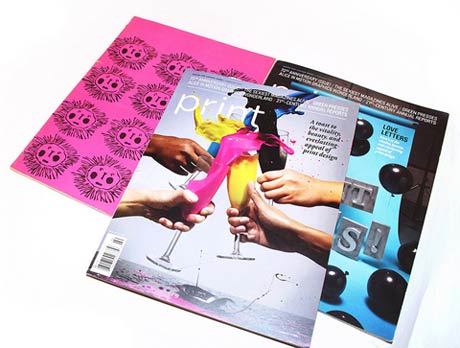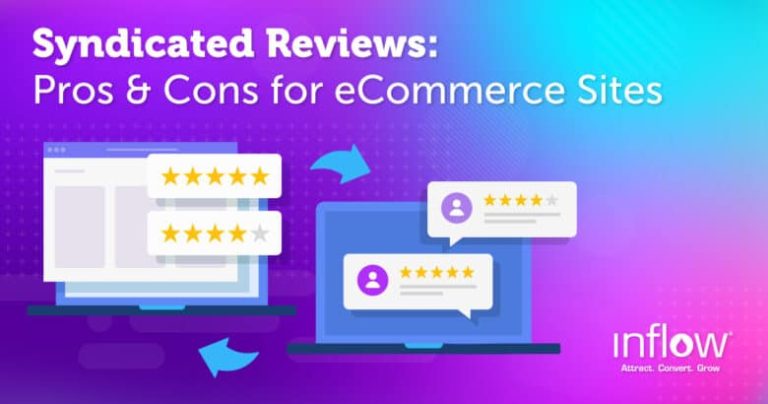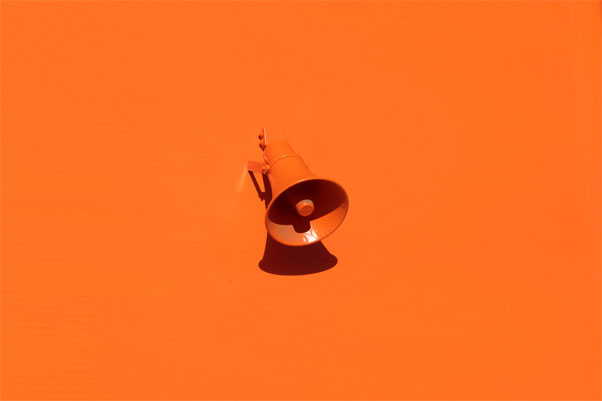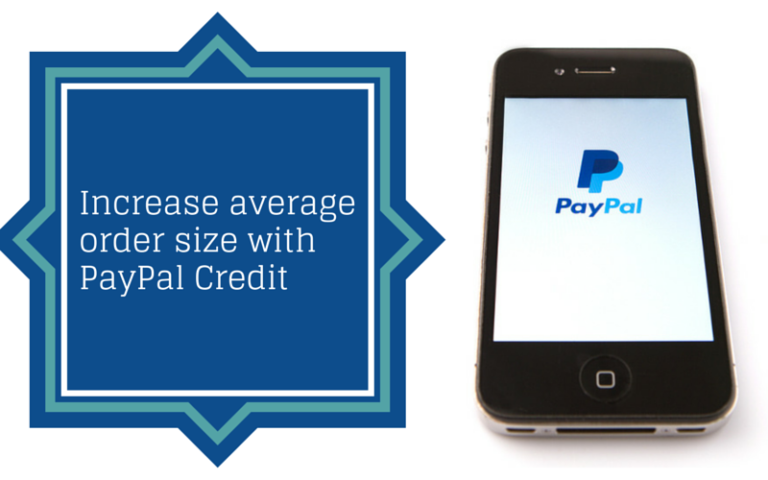Last month, I revealed some top tips on how to write good PR, which included a free PR template to get you started. Great, so you have your press release, now what? I think we can all agree that there is no point spending your time writing the perfect press release if you fall short on the next and most important step: getting it published.
“Oh, I will just do a massive bcc email and send it to all of my contacts.”…
Wrong answer. If that is your plan, stop right there and take a moment to go through this post. So, here are my top tips on getting your PR published.

Build Relationships & Tailor PR for Your Contacts
To maximise your publication rate it is essential you get to know your key press contacts. Ask them why they didn’t publish your last piece and find out how they would prefer press sent to them. Some journalists simply want a plain text email with the story pasted in and images attached, others prefer a simple word document. If you ascertain how the publication wants to receive the press and follow that up with sending it exactly as requested, then you are more likely to be published and build a good relationship with that contact. Make sure you keep a good database or record of these contacts and in-depth notes on any conversations, previous PR published and requirements for future reference.
You can also tier your contacts so that you can manage the release of press and any exclusive opportunities. Once you have the priority lists ready you can begin putting your focus into the main press contacts with the highest authority for your target customer. If they are a new contact, always try and call them before you send press. In that phone call ask them how they would prefer press sent and ensure you have the correct email address.
Add Value with Exclusive Offers

Publications often avoid publishing press releases simply because they have been sent to all of their competitors, which means the content will not be unique. Use your priority order of contacts and go to the top tier first. Pick a publication that you would prefer the content to go in and offer it to them exclusively for a period of time. However, only do this if you know their requirements fully and the press release is newsworthy and relevant to their publication. In the email you can explain that you would like to exclusively offer them this press release and ask that they let you know if they are going to publish it by a given deadline i.e. following day end of play. Chase them one more time the following day with a phone call and if they do not wish to publish it you can go back to your list and work your way down. Of course, time is often of the essence with a press release, so if you want to try another exclusive offer to another publication you may need to shorten your exclusive offer periods as applicable. If none of these attempts work it is then and only then that you should consider sending it out to the rest of your contacts. Having said that a ‘bcc email’ is still your last resort. Try and send them individually following their preferred methods or at least use a mail merge so that you have their first name and publication referenced in the email.
Do Your Research & Just Ask
Make sure you understand and have read the publication you are contacting. You are more likely to get your press release published if it adheres to their house style, is interesting to their readers and something they have either never covered before or works well as a follow up piece. Look for comparative articles featured in their publication, if you can’t find anything of a similar ilk it may not be suitable. Your last stop is simply to ask them. Either give them a call or send an email introducing yourself and ask what type of articles they publish and if they would be interested in any press from you in the future. By taking the time to approach them with an introduction first rather than throwing your PR at them, you are more likely to begin a good working relationship with that contact.
Provide Relevant & High Quality Images
Magazines or an online blog with a visual focus will only publish press with an impressive image to back it up. Although in some cases they can source their own image, an impressive photo may get their attention quicker. Newspapers are not quite so fussy, given the grey print, however they will want at least one good image to use with the story or the opportunity to arrange their own photo for a top story. Having a person in the shot is ideal to gain human interest and therefore if you are promoting a new product try and have someone actually using it in the photo. Most importantly make sure you follow their image requirements. As a default most print publications want images to be 300dpi and sent as a jpeg and websites need 72dpi. However, they may not want their inbox clogged up with images so you can attach it smaller and include a note or download link in the press release for the high resolution version. If you have several images, I would recommend you include a maximum of two images and note that more are available on request.
Attack of Alternative Press Release Formats
There are some companies attempting more adventurous and visual ways of sending their PR and to them I suggest caution. Keeping up with the digital world can be difficult, particularly for traditional journalists hanging on to print media with determined avoidance of change. Even digital publications still expect the use of traditional PR word templates. The journalist you are emailing is working to a deadline, they are under pressure and they want the quickest and easiest way to access the information. Therefore, I would recommend that if you want to provide a visual press release make sure you are using it alongside traditional methods to ensure that a ‘copy and paste’ is still readily available and that you are not alienating journalists who are less likely to respond positively to the change. For example, you could introduce the new format by sending a Word version with attached images and in the body of the email inform them that you have implemented a new visual template with a click here link. Ask them if they are happy to receive future press in the new template within that email. You can then follow up the Priority 1 & 2 contacts with a call a few days later to ascertain the best way to send them PR going forward, which will help build that relationship further. A place where the visual press release does work well, is on your website. You can hold an archive of your press as a PDF download with visual design or embedded in your website. The only thing to bear in mind here from an SEO perspective is the risk of duplicate content, so speak to your website developer about ways you can avoid any negative impact on your SEO if this is something you plan to implement.
That’s It!
I hope these tips will help you to increase your press release publication rate. The main consideration is to build strong relationships with key press and make sure that you are sending them quality press via the method they have requested. Journalists may ignore any future emails if you bombard them with promotional PR too often. Build that relationship and only give them content they will be interested in. If they trust you and feel listened too, then journalists are more likely to publish your PR.
Please feel free to comment or ask questions on twitter @ThoughtShiftUK #PRtips. You can also follow my contributions or sign up to the ThoughtShift Guest List, our monthly email, to keep up-to-date on all our blog posts, guides and events.






